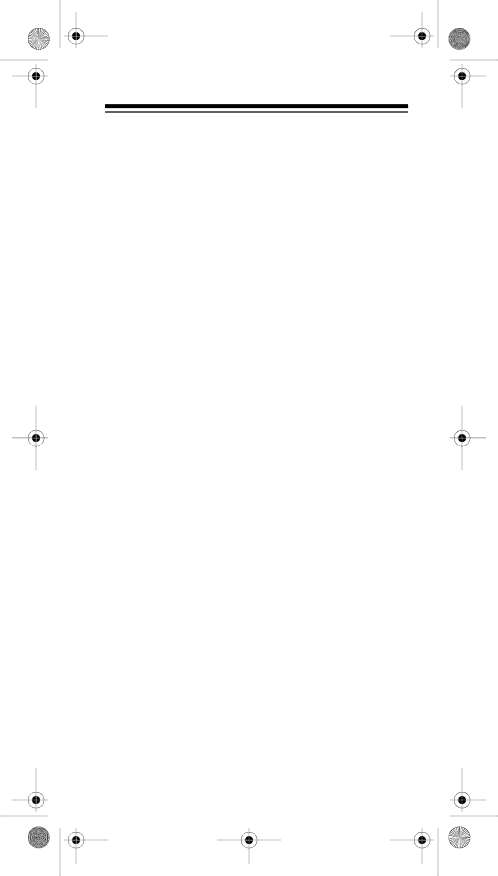
Your scanner includes these special features:
Simultaneous Trunking Operation — tracks three trunking systems, LTR, Motorola, and EDACS at the same time, as well as conventional systems.
Text Input — lets you input a text label for each channel, talk group ID, bank, or other memory so you can easily know about the transmission you are hearing.
Subaudible Tone Decode — decodes and displays the Continuous Tone Coded Squelch System (CTCSS) tone signal being transmitted.
Digital Subaudible Tone Decode — decodes and dis- plays the Digital Coded Squelch (DCS) being received.
Data Cloning — lets you transfer the programmed data to another
10
Triple Conversion Superheterodyne Receiver — virtu- ally eliminates any interference from intermediate fre- quency (IF) images, so you hear only the frequency you select.
HyperscanTM and HypersearchTM — the scanner scans at up to 25 channels per second and searches at up to 50 steps per second, to help you quickly find interesting transmissions.
3